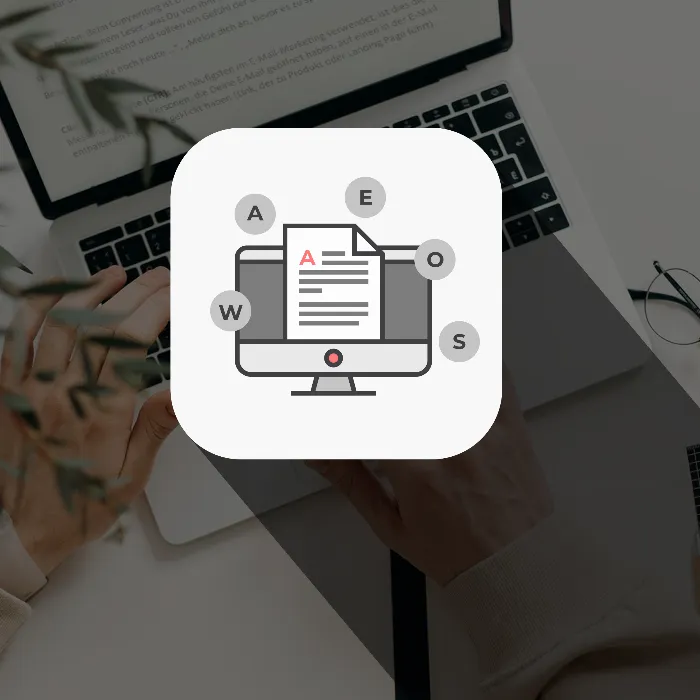You want your customers to take the desired actions - whether it's to buy a product or sign up for your newsletter. To achieve this, a convincing Call-to-Action (CTA) is essential. In this tutorial, I will explain to you the concept of Hook, Line, and Sinker, which will help you formulate effective CTAs that engage your target audience and spur them to take action.
Key Insights
- A Call-to-Action consists of three main components: the command, the offer, and the urgency.
- The order of the components may vary as long as all three are present.
- Psychological aspects, such as using an exclamation mark, can increase the click-through rate.
- Using links explains to the user the reason for the requested actions.
Step-by-Step Guide
Step 1: Formulate the Command Verb
An effective Call-to-Action always starts with a clear command. The command gives your target audience a clear instruction on what to do. Use strong imperatives to convey the necessary determination. For example: "Download the PDF now!"
Step 2: Define the Offer
After the command comes the offer. Here, you should clearly communicate what the customer will receive through their action. Is it a free White Paper, a discount, or an exclusive offer? Make the offer as specific as possible to highlight the value. For example: "Download our White Paper today!"
Step 3: Incorporate Urgency
Urgency is the third and final step. It motivates the customer to act immediately rather than postponing the purchase or sign-up. Words like "now," "immediately," or "for a limited time only" help create a sense of urgency. For example: "Download the PDF today!"
Step 4: Utilize Subtle Psychological Aspects
To enhance the effectiveness of your CTAs, you can apply some psychological tricks. Studies show that adding an exclamation mark at the end of the sentence can increase the click-through rate. A simple example would be: "Download now!"
Step 5: Establish the Link
It is essential that the customer understands why they should perform a specific action. Link the command with the offer and urgency to create a logical relationship. For example: "Enter your email address so I can send you the free PDF!" This clarity increases the chance that the customer will actually take action.
Step 6: Test Different Formats
Vary the wording of your CTAs to find out what works best. Test different command verbs, offers, and urgencies. For example: "Buy the video course now before the offer expires!" This could be a longer CTA, but it is effective.
Step 7: Highlight Elements in Color
Visual accents can also be supportive. By highlighting the different elements of your CTA with colors or font sizes, you direct the user's attention specifically and make important information tangible. It is best to combine this with clear and concise formulations.
Summary
An outstanding Call-to-Action requires a thoughtful combination of command, offer, and urgency. By incorporating psychological aspects and logical associations, you can increase the likelihood that your target audience will take the desired actions. Experiment with different formulations to achieve the best appeal.
Frequently Asked Questions
What is a Call-to-Action?A Call-to-Action is a prompt for users to perform a specific action.
Why is Urgency important?Urgency motivates customers to act immediately instead of waiting.
How can I measure the effectiveness of my CTA?You can analyze the click-through rate on your CTA and test different variations.
Can I vary my CTAs?Yes, testing different formulations can help achieve the best impact.
How many components should an effective CTA have?An effective CTA should consist of at least three components: the command, the offer, and the urgency.


